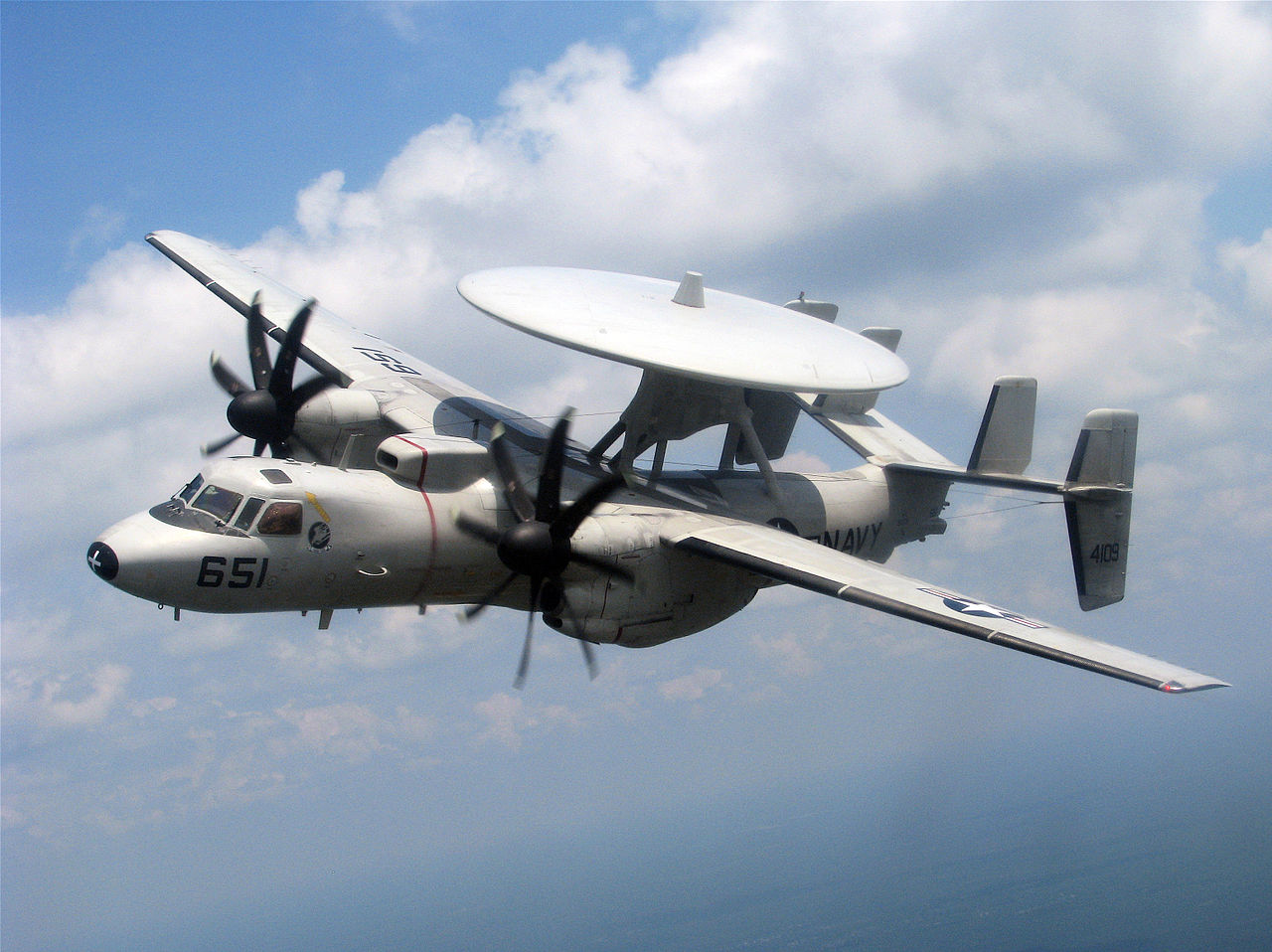Initial reports indicate no structures or personnel on the ground were damaged or injured in the mishap.
An E-2C Hawkeye command and control aircraft, assigned to Airborne Command & Control Squadron (VAW) 120 Fleet Replacement Squadron on board Naval Station Norfolk, crashed during a training flight in Accomack County in Virginia, near the NASA flight center on Wallops Island, on Aug. 31, 2020.
The E-2 crashed at approximately 3:50 p.m.
‘The two pilots and two crew members bailed out of the aircraft safely through the main cabin door. At the time of the crash, the E-2 was conducting a training flight,’ the US Navy said in a statement. “The pilots and aircrew bailed out of the aircraft using parachutes located in the aircraft. The crew must strap on the parachutes when they get aboard the aircraft.”
VAW-120 reports to Airborne Command & Control and Logistics Wing commanded by Capt. Michael France. VAW-120 “Greyhawks” mission is to fly and train Naval Aviators, Naval Flight Officers, and Naval Aircrewmen to safely and effectively operate E-2 and C-2 aircraft, preparing them to join the fleet.

Initial reports indicate no structures or personnel on the ground were damaged or injured in the mishap.
The cause of the mishap is under investigation.
According to USNI News, the Navy aircraft have routinely used the field at Wallops for Field Carrier Landing Practice since 2013. The installation at Wallops Island was initially Naval Auxiliary Air Station (NAAS) Chincoteague and has facilities for Navy aircraft to practice the techniques of carrier landings on shore.
The linchpin of naval aviation operations, the mission of the highly-valued E-2C/D Hawkeye is to provide command and control leadership to aircraft carrier strike groups. Manufactured by Northrop-Grumman, the Hawkeye is flown by eleven fleet squadrons stationed in Norfolk, VA, PT. MUGU, Ca, and Atsugi, Japan. A highly flexible aircraft, the carrier-based Hawkeye has a trio of detection systems that are able to detect ships and aircraft in excess of 300 nautical miles.
Photo by Lt. j.g. John A. Ivancic / US Navy and Shore Daily News

